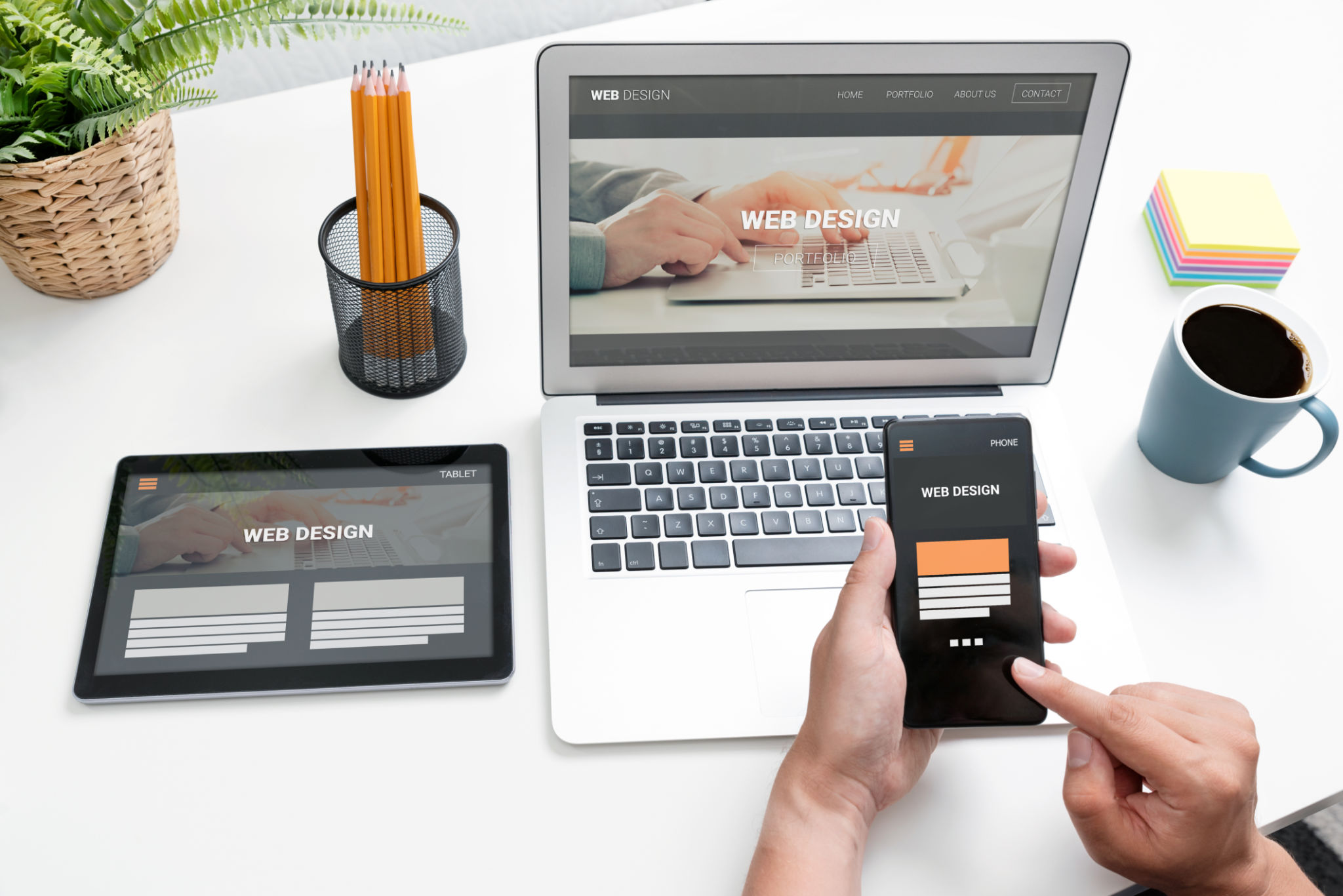A Comprehensive Guide to Designing User-Friendly Websites
Understanding User Experience (UX)
When designing a website, one of the foremost considerations should be the user experience (UX). A user-friendly website is intuitive, easy to navigate, and provides a seamless experience for visitors. Prioritizing UX ensures that users can find the information they are looking for quickly and easily, which can significantly enhance their satisfaction and likelihood to return.
To create a user-friendly website, start by understanding your audience's needs and preferences. Conduct user research to gather insights into what your users expect from your website. This information will guide your design decisions, helping you create a site that resonates with your target audience.

Effective Navigation Design
Navigation is a critical component of any website. It should be straightforward and consistent throughout the site. A well-structured navigation system allows users to move effortlessly from one section to another without feeling lost. Consider using a simple menu structure with clear labels that describe the content of each page.
Additionally, incorporate a search bar for larger websites with extensive content. This feature enables users to quickly locate specific information without having to browse through multiple pages. Breadcrumbs can also be a useful tool, showing users their current location and how they got there.
Responsive Design and Mobile Optimization
With the increasing use of smartphones and tablets, ensuring that your website is mobile-friendly is crucial. Responsive design allows your site to adapt to different screen sizes, providing an optimal viewing experience across all devices. This approach not only improves usability but also contributes positively to SEO.

To optimize for mobile devices, use flexible layouts and scalable images. Prioritize load speed by minimizing heavy graphics and unnecessary scripts. Test your site on various devices to ensure it functions smoothly and looks appealing on each one.
Visual Hierarchy and Content Organization
Visual hierarchy plays a vital role in guiding users through your content effectively. By strategically using size, color, contrast, and positioning, you can direct attention to the most important elements first. This helps users understand the structure of the page and find what they are looking for more efficiently.
Organize content logically and use headings and subheadings to break up text, making it easier to scan. Bullet points and numbered lists are also beneficial for highlighting key information without overwhelming the reader with large blocks of text.

Accessibility and Inclusivity
Designing with accessibility in mind ensures that all users, including those with disabilities, can access your content. Implementing accessibility features such as alt text for images, keyboard navigability, and sufficient color contrast can make a significant difference in user experience.
Consider the use of assistive technologies like screen readers when designing your site. Following Web Content Accessibility Guidelines (WCAG) can help you create an inclusive environment where everyone feels welcome.
Testing and Iteration
Once your website design is complete, it's essential to conduct thorough testing before launching. Usability testing helps identify any potential issues or areas for improvement. Gather feedback from real users and be open to making changes based on their input.
Remember that designing a user-friendly website is an ongoing process. Regularly review your site's performance and user feedback to identify areas that may need updates or enhancements. Staying flexible and willing to iterate will ensure your website remains effective and user-centric over time.
